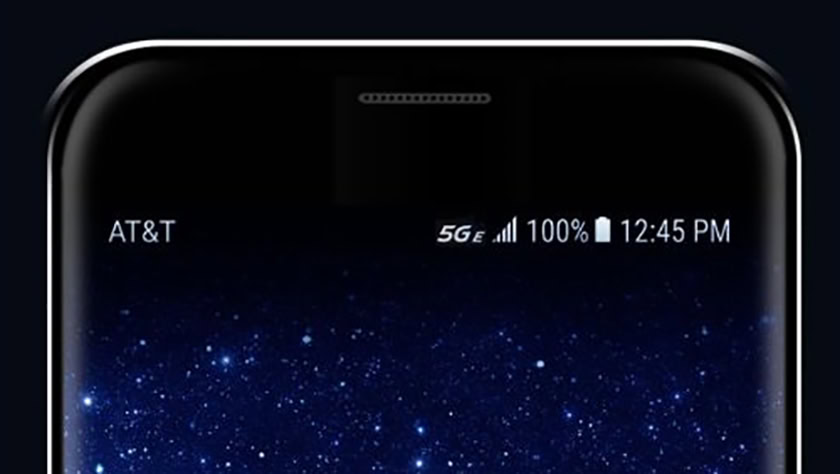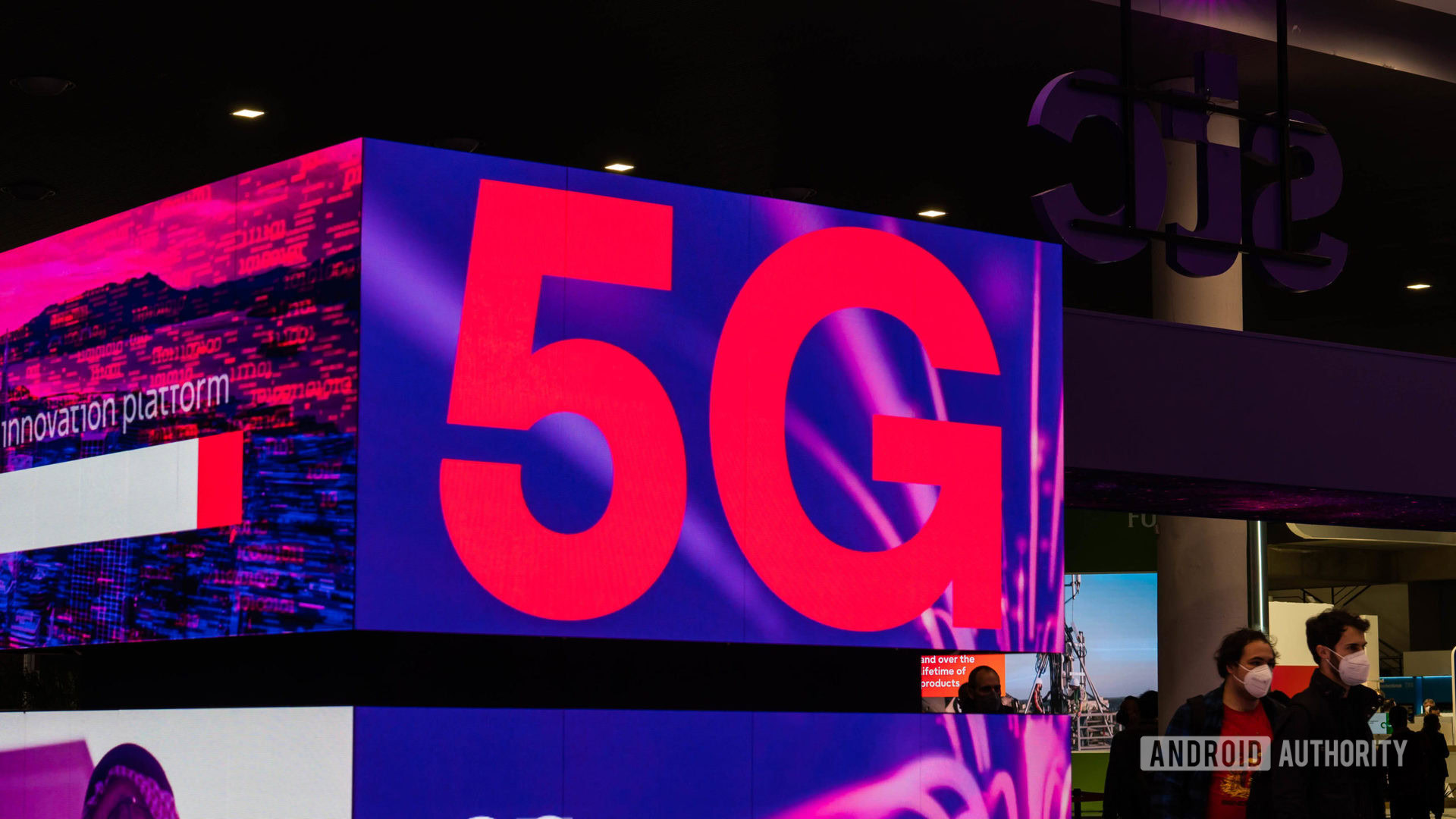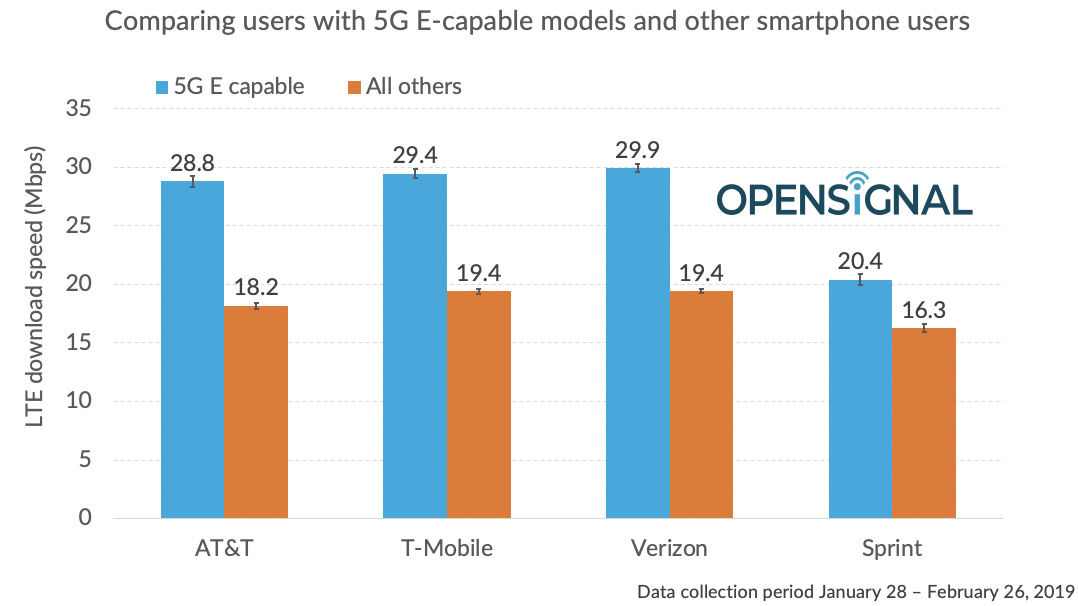Affiliate links on Android Authority may earn us a commission. Learn more.
OpenSignal data suggests AT&T '5G E' speed claims are irrelevant, as expected

- New OpenSignal data suggests that smartphone speeds on AT&T’s “5G E” network are just 4G LTE speeds.
- In fact, according to the data, one would get faster speeds from the average 5G E device on Verizon or T-Mobile.
- This data backs up the claim that AT&T’s 5G E moniker is at best poor marketing, and at worse false advertising.
AT&T received some serious flak from consumers and competitors alike when it rolled out its “5G E” update to various smartphones. The initiative changed the 4G LTE connection icons on some devices to read 5G E, which of course heavily implies that a customer is connected to a 5G network.
However, “5G E” is really just an enhanced version of 4G LTE. To make matters worse, the enhancements of 4G LTE aren’t exclusive to AT&T — other carriers also use these enhancements, although none of them use the 5G E moniker.

Although consumers were quick to call out AT&T for what seemed like a blatant marketing stunt — and competitor Sprint even filed a lawsuit against the company alleging false advertising — there wasn’t much hard data to support or refute AT&T’s claims of enhanced speeds on 5G E-powered devices.
Now, thanks to OpenSignal, we have some good data. You’re likely not going to be surprised, but it turns out that whether a device is connected to 4G LTE or 5G E doesn’t matter, as it gets similar speeds on other networks.
Check out the graph below:

The chart shows, in blue, average LTE download speeds of various devices that are capable of connecting to AT&T’s so-called 5G E network. As you can see, those devices get slightly better speeds on both T-Mobile and Verizon. The devices get slower speeds on Sprint, but so do non-5G E devices (represented with the orange bar), which suggests that Sprint’s network is just slower overall (which data from many sources confirms).
In other words, this data suggests that AT&T’s claims of faster speeds on its 5G E network, as opposed to 4G LTE, are not at all true. The little “5G E” icon in the status bar of your Android device means nothing, as you would get slightly better speeds on Verizon’s or T-Mobile’s 4G LTE networks with that same device.
Once again, very few people will be surprised by this result, but it is nice to now have some data to back us up.